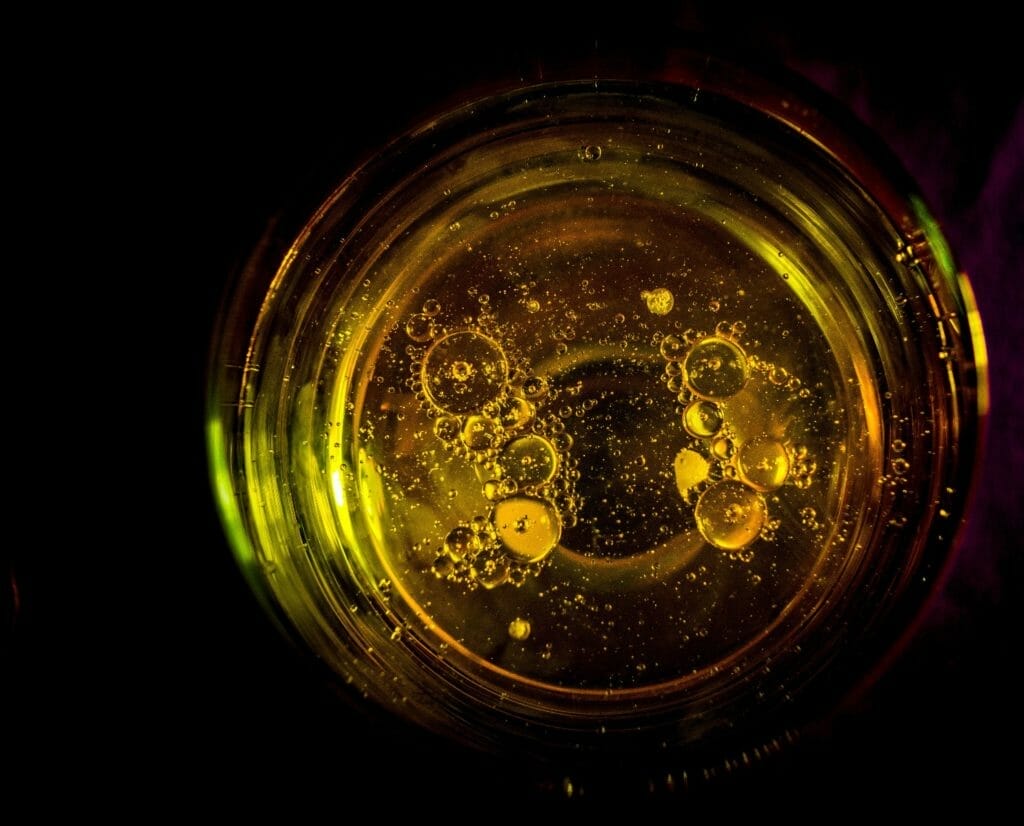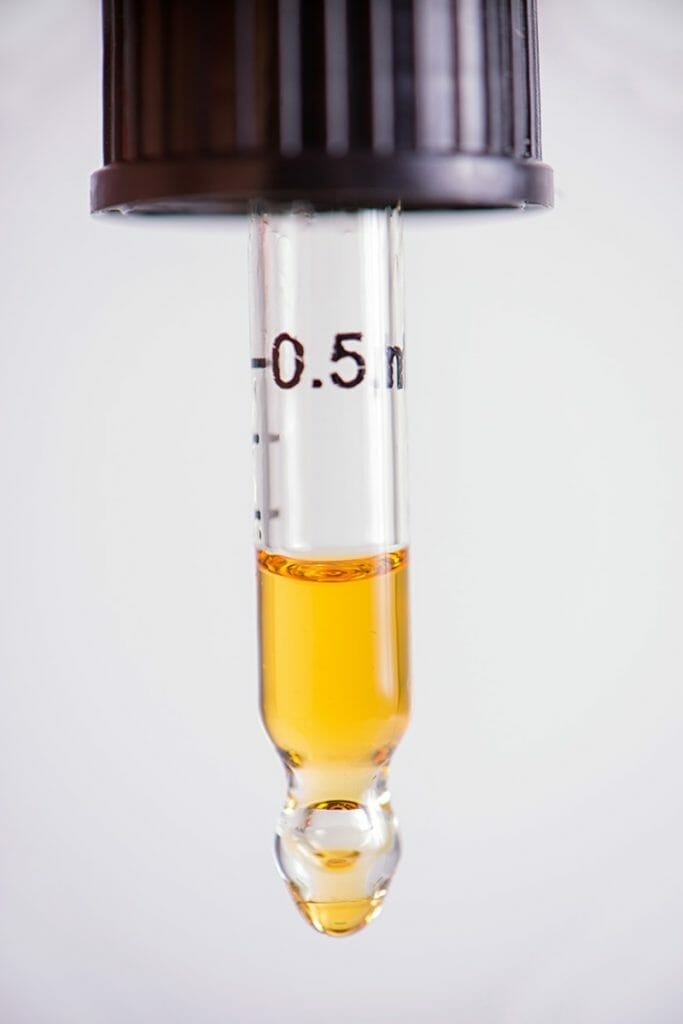CBD Oil: Your Questions Answered – Part 3
In this blog, I will explain how to source the best quality CBD oil so you can ensure an efficacious and therefore great value product. We will also look more closely as the dosing of this unique and health supporting food supplement.

How is CBD oil produced?
Phytocannabinoids are found throughout different parts of the Cannabis sativa L. plant. Tetrahydrocannabinoid (THC) the psychoactive component of some cannabis, is typically found in the resinous part of the female flower (also called buds) whereas CBD is rich in the male cannabis plant and parts of the female plants outside of the flowers. For this reason, reputable companies extract CBD oil from special strains of organically grown male Cannabis sativa L. plants that are low in THC but high in bioactive and beneficial CBD.
These same companies minimally process the oil via a “supercritical” extraction technique, which is solvent-free therefore leaving no toxic by-products. This specialist extraction technique basically means isolating the CBD rich oil at low temperatures, therefore keeping the oil in its natural and raw state, whilst isolating and removing any unwanted compounds. This ensures that the CBD oil retains maximum potency with high levels of CBD, as well as the other phytocannabinoids and phytonutrients, including terpenes but negligible levels of THC (typically <0.05%) ensuring the CBD oil is legal to sell and recommend.
Other types of CBD oil extraction include using olive oil, hemp seed oil or coconut oil but this process requires heating to 100oC therefore the end product is not raw and natural/ is diluted by inert carrier oil and is ultimately an inferior low potency product. Therefore, always read the label and make sure your CBD oil is raw and natural rather than diluted with carrier oils.
A reputable CBD oil producing company will always test each batch of oil to ensure they have the highest levels of CBD, negligible THC levels and high quality, potency and purity.
CBD OIL FACT:
Always
read the label and make sure your CBD oil is raw and natural rather
than diluted with carrier oils, which can drastically reduce the potency
resulting in an inferior product.
What does CBD oil taste like?
Raw CBD oil is as Mother Nature intended – containing a full spectrum of phytocannabinoids and phytonutrients, including terpenes, as found in the whole plant. The presence of terpenes means raw CBD oil has a natural colour, strong natural plant/grass flavour and aroma profile. For some people this may be an acquired taste, as CBD oil is dosed under the tongue. However, for all the benefits gained from supplementing with the raw natural CBD oil rather than a diluted product I think it’s worth the slightly grassy/tea type flavour it imparts!
CBD OIL FACT:
Raw
CBD oil has a strong natural plant/grass flavour and aroma, indicative
of the full spectrum of phytocannabinoids and phytonutrients in the
product.
How much CBD oil do I need?

“Dosage is everything” – Paracelsus
Paracelsus was a Swiss physician and alchemist in the 16th century and was part of the medical revolution at the time, recognising the importance of both internal and external environmental balance that is required for harmony within the body. He recognised how the dosage of different substances including toxins and beneficial compounds affected this balance. Why is this important to a food supplement like CBD oil? Well getting the right dose, at the right time for an individual is the key to improving health!
As with all nutrients, everybody needs to take a personalised approach. If CBD oil is deemed suitable then you need to respect the many changes that CBD, and the other phytocannabinoids and phytonutrients found in Cannabis sativa L. can affect in your body.
CBD oil is best absorbed by placing drops under the tongue and leaving in the mouth for up to a minute before swallowing, eating or drinking. Remember that this is not an oil to cook with! Any heating of CBD oil will destroy the bioactive phytocannabinoids and phytonutrients.
Finding your ratio
CBD oils have different levels of CBD ranging from around 250mg up to 1000mg. Some oils label CBD in terms of percentage (e.g. 2.5%, 5% etc.) but knowing the actual amount of CBD in each bottle per milligramme (mg) enables you to dose more accurately. For example, 500mg in a 10ml bottle is 5% but 500mg in a 5ml bottle could be sold as 10% strength oil. Knowing that you have 500mg per bottle, whatever the volume, helps you to accurately dose.
I suggest starting with raw, organic CBD oil standardised to contain 500mg CBD per bottle. This provides around 5mg per drop (raw CBD oil comes in glass bottles with a dropper dispensing approximately 0.1ml per drop). This is a suitable base dose and can be calibrated to suit the needs and sensitivities of each person.
As to the number of drops of CBD oil (or total daily dose of CBD), this depends on the person, their age, circumstance and the condition. Therefore, optimising therapeutic doses of CBD oil should follow a step-by-step process, starting with a small dose (1 to 2 drops), observing the results, and then gradually increase the dose to no more than 200mg (e.g. 40 drops of 500mg CBD oil) per day. There will, of course, be a ceiling limit of therapeutic effect for CBD oil; up to 10 drops daily of 500mg CBD oil (giving 50mg CBD) is the suggested maximum dose range for most adults.
That said “less is more” is often the case with respect to CBD oil. The reason being that CBD acts to support the body’s own endocannabinoid system and modulates many different receptor and neurotransmitter pathways, so it will take time to restore balance. For this reason, starting with a small dose of just 1 – 2 drops of 500mg CBD oil daily and increasing by just 1 drop a day over a couple of weeks is likely to provide better therapeutic outcome than taking the whole dose in one go to start.
Dosage Guidelines
- Find a raw, organic CBD oil stating CBD content in mg.
- Begin with a low dose of 1 – 2 drops under the tongue.
- Use the same dose and ratio for several days. Observe the effects and if necessary adjust the ratio or amount.
- Take a few small doses over the course of the day rather than one big dose.
- Don’t overdo it. “Less is more” is often the case with cannabis therapeutics.
- This product is not suitable if you are pregnant or breastfeeding.
- Seek advice from a health practitioner if you require more information.
We hope that you’ve enjoyed this blog and now feel better informed and more confident in using CBD oil. Make enjoy the other Nutrigold CBD Oil blogs “Are cannabis derived oils legal?” and “The latest research and health benefits of CBD oil“, so you have all the answers at your finger tips! Please don’t hesitate to get in touch with Nutrigold, if you have any further questions about this unique and important food supplement.
Wishing you the best of health
Elisabeth








3 Comments. Leave new
[…] How to source and dose the best quality CBD oil […]
I’ve been taking one drop under my tongue every night for 3 nights now & im waking up with indigestion, what do you advise
Hi Chrissy, Do you want to give our technical team a call: 0333 577 5675 who will be able to help further.